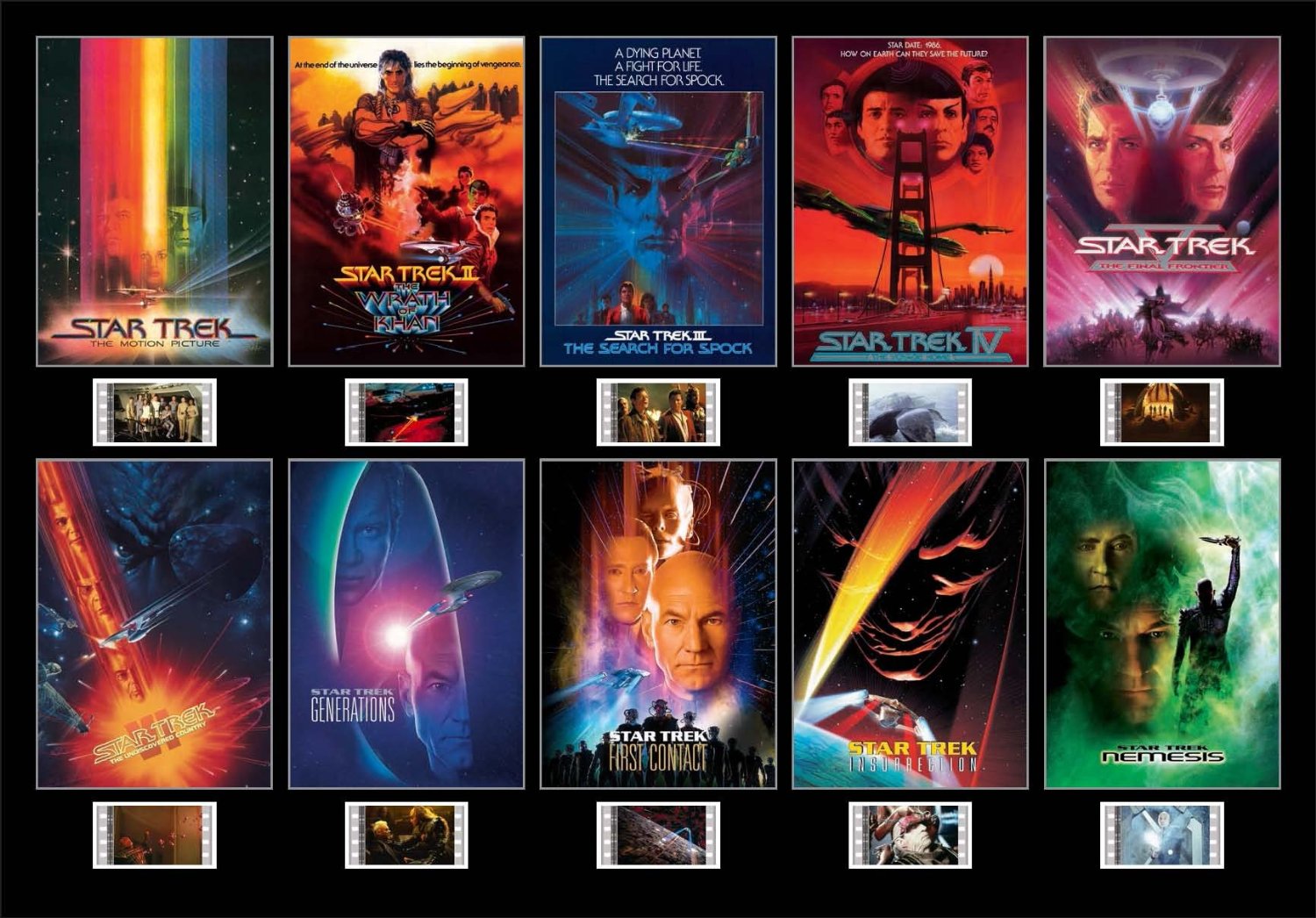

The series was again set aboard a ship called Enterprise, this time the latest model and four versions ahead of Kirk’s (William Shatner) original vessel. The series was given a bigger budget as the studio gained confidence in the franchise’s success after seeing continued profits from the Trek movies, believing people would respond well to another run on television. The Next Generation (1987-1994) took to the air after several Star Trek films were made starring the original cast, informing Paramount that an interest in Star Trek continued to thrive. The adventures of this futuristic team of explorers serve as parallels to happenings in 1960s society and offer suggestions for a more unified, peaceful world. Its plots are heavily charged by issues like the Vietnam War, the space race, racial injustice and civil rights, intercultural tolerance, sexuality, and economics. The series tells allegorical stories based on topical social issues of the time. Quite frankly, it now looks and feels like a cheesy science fiction show from the 1960s. The series was shot on film as was standard at the time, and which added to its visual contrast to later series. Color television had just started picking up steam in 1966 and Star Trek capitalized on this new invention by overdoing the color on every part of production, from costuming and set design to makeup. It had significantly less funding than all the series which would follow and is now retrospectively characterized by its heavy use of brightly-colored everything. The Original Series (1966-1969) operated on a shoestring budget, teetering on the edge of cancelation for most of its run. Visually, there are great differences between the series. Its television series and films have been part of several generations of audiences, each bringing a unique approach to storytelling and aesthetic to the small screen. Star Trek is officially a five-decade old franchise. Each series has its unique visual charm and different methods of exploring topical issues of the time. From the over-saturated colors and procedural storytelling of the Original Series through the awkward high-definition digitally-shot prequel Enterprise, things changed a lot. Quick Answer: Star Trek has been around for over 50 years, resulting in multiple television series which look and feel very different from today’s television.


 0 kommentar(er)
0 kommentar(er)
